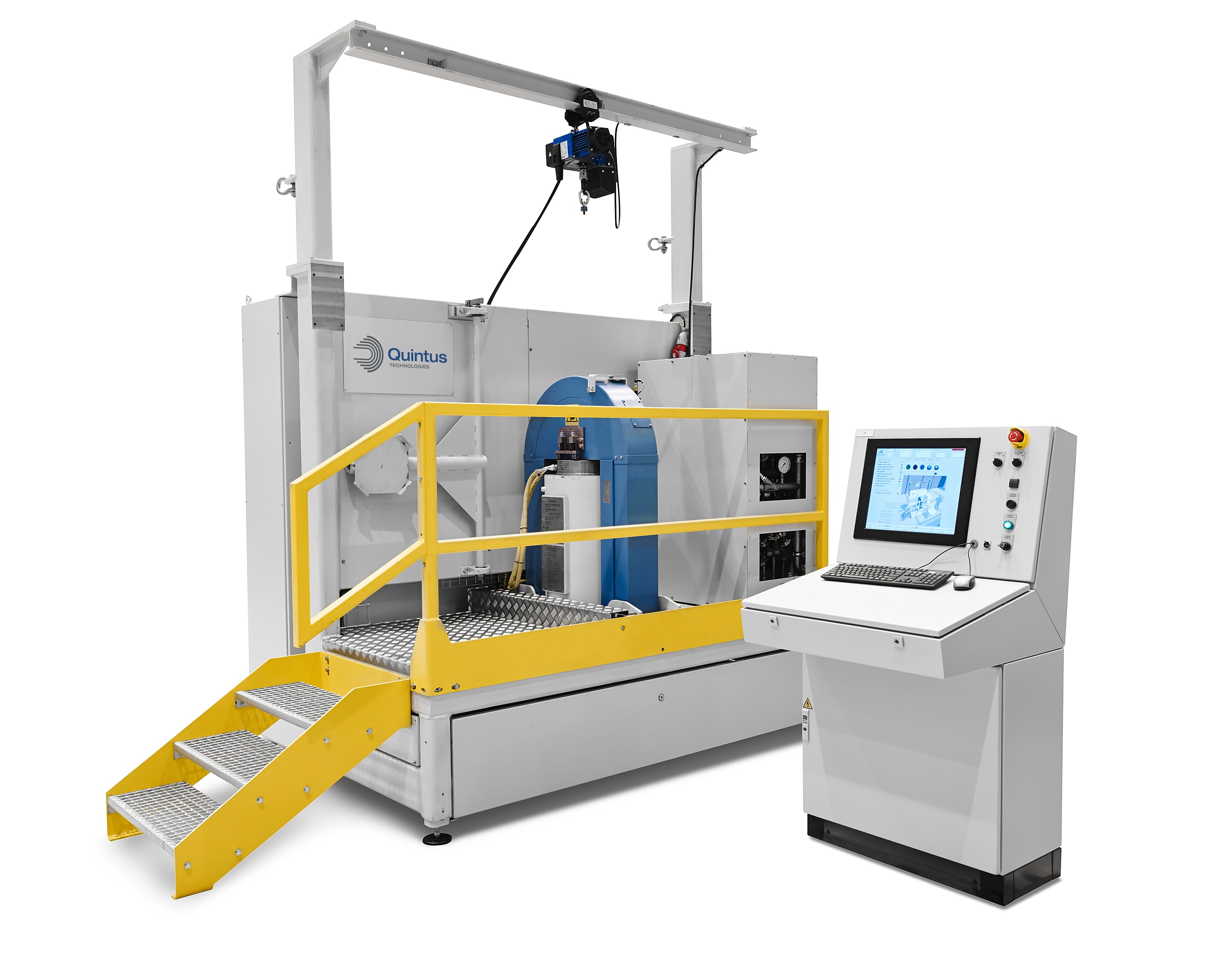
Hot isostatic press (HIP) supplier Quintus Technologies has supplied a press to additive manufacturing (AM) specialist Sintavia, LLC, as part of its 10,000 ft2 metal AM center.
The model QIH 15L press will give Sintavia serial production capability for metal parts that meet the quality control standards required by the aerospace and defense industry.
‘Without HIP technology, AM parts are susceptible to porosity and lack of fusion,’ said Sintavia founder Brian Neff. ‘HIP allows for near 100% net-density parts.’
The press is equipped with Quintus’s Uniform Rapid Cooling (URC), which, by incorporating densification and heat treatment in the same equipment, can shorten cycle times for higher productivity. The press features a hot zone capability of 7.3 x 19.7 inches (186 x 500mm), enables pressures up to 30,000 psi (207 MPa), and handles temperatures up to 2550°F (1400°C). It is delivered as a complete unit, with gas compressing system, cooling unit, transformers, electrical cabinets, and pressure vessel mounted in a 103 x 73-inch skid. The QIH 15L will play a role in allowing Sintavia’s aviation customers to respond to the mandate to compress build-to-fly time, Quintus says.
Crucial parts
‘Quintus HIPs set the industry standard for technology and safety,’ said Sintavia co-founder and president Doug Hedges. ‘While heat treatment is widespread, there is not a lot of HIP capacity available today. As the demand increases, we wanted to stay in front of the curve, controlling our own HIP needs.’
‘As the AM process continues to penetrate various supply chains, not just aerospace and defense, you’ll see more applications requiring HIP-ing,’ added Neff. ‘For certain very critical parts, HIP will become more or less the standard.’
The press, fully pretested in the Quintus workshop, will be shipped from Västerås, Sweden, in July. It will be commissioned and up and running in September 2016.
This story is reprinted from material from Quintus, with editorial changes made by Materials Today. The views expressed in this article do not necessarily represent those of Elsevier.






